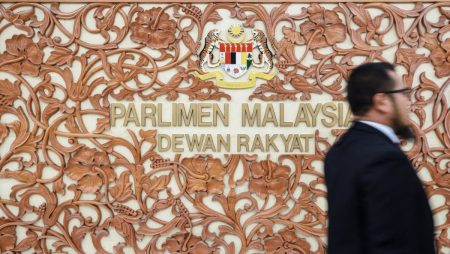In late July, China experienced heavy downpours triggered by Typhoon Gaemi, which moved on from the Philippines and Taiwan to make landfall in China, particularly impacting the hilly, landlocked Hunan province. Authorities evacuated nearly 300,000 people and suspended public transport across eastern China as a result of the extreme weather conditions. This marked a summer of extreme weather for China, with heavy rains across the east and south, and much of the north experiencing successive heat waves.
The impact of the heavy rains in China was evident in various regions, with the northern province of Shaanxi experiencing a highway bridge collapse that resulted in the tragic loss of at least 38 lives. This event highlights the vulnerability of infrastructure in the face of extreme weather events, and the need for improved disaster preparedness and resilience measures. Climate change is exacerbating these extreme weather events, with China being the world’s largest emitter of greenhouse gases responsible for driving climate change and making such events more frequent and intense.
The Chinese government has been taking steps to address climate change and reduce greenhouse gas emissions, including investing in renewable energy sources and implementing policies to promote sustainability. However, the country still faces significant challenges in transitioning to a more sustainable and climate-resilient future. Extreme weather events like the heavy rains and heat waves experienced in China this summer underscore the urgent need for action to mitigate the impacts of climate change and build resilience to its effects.
In response to the extreme weather events, authorities in China have taken a proactive approach to minimize the impact on communities and infrastructure. Evacuations were carried out in high-risk areas to ensure the safety of residents, and public transport was suspended to prevent accidents and disruptions. These measures demonstrate the importance of early warning systems and disaster response plans in mitigating the impacts of extreme weather events and protecting vulnerable populations.
As the effects of climate change become more pronounced, countries like China are facing increasing challenges in dealing with extreme weather events and their consequences. The heavy rains and heat waves experienced in China this summer serve as a stark reminder of the urgent need for global action to address climate change and build resilience to its impacts. By implementing sustainable policies and investing in renewable energy, countries can work towards a more sustainable future and minimize the risks associated with extreme weather events.
In conclusion, the extreme weather events experienced in China this summer, including heavy rains and heat waves triggered by Typhoon Gaemi, highlight the urgent need for action to address climate change and build resilience to its impacts. As the world’s largest emitter of greenhouse gases, China plays a crucial role in global efforts to reduce emissions and mitigate the effects of climate change. By investing in renewable energy sources, implementing sustainable policies, and improving disaster preparedness and response mechanisms, China can work towards a more sustainable and climate-resilient future for its population.













